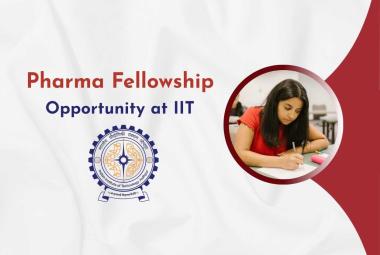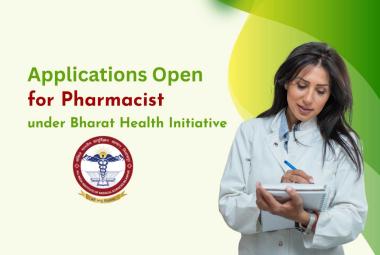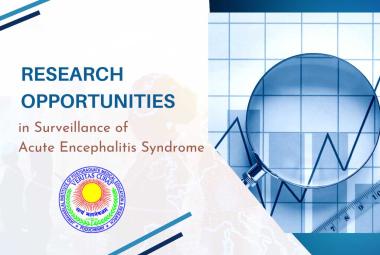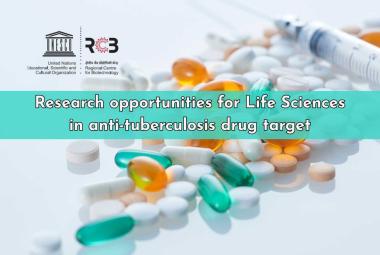With annual consumption of 30 billion units of various generic medicines, Iran, the second-biggest consumer of generics in the Asian continent spent over USD 4.5 billion on drugs in 2015. While per capita consumption of generic drugs is three times higher than average per capita consumption in the world, biological medicines and drugs for special diseases suffers from limited access. Cardiovascular, Anti-Cancer & chemotherapy drugs, MAB, pain relievers & Hydrocortisones, Anti infections, Plasma products & Recombinants as well as Diabetes control over 55% of the total sales market. Solid dose (Tablet &Capsules) and injection forms control 42% and 38% of total sales market, respectively.
[adsense:336x280:8701650588]
To import new technologies and know-how, boost R&D, launch new products, and develop world class manufacturing plants, the first private Industrial Pharmaceutical City is under implementation. The city being developed on 176 hectares of land is located 65km from Tehran. With over USD 2 billion of investment, the industrial city will be a destination for incubators, research and development centres, a central lab, chemical and biotechnology medicines producers, APIs, medical equipment, storage, and maintenance and distribution facilities. The city would be the hub for about 100 innovative and high-technology based large, medium and small sized companies. The aim is to attract foreign investors to produce bio drugs, medical devices, stents or laboratory diagnostic kits or pharmaceutical packaging material such as Aluminium foils, PVC, Special cardboard packing boxes, and tubes for Ointment and creams, etc. All foreign investors will benefit from tax exemption as well as incentive plans to export products.
Key core competencies such as expertise, skilled labour, low cost of production, infrastructures and most importantly, a strategic geographical and political location have made Iran a potential export hub in the region. During the post sanction era, through partnerships with international companies the country will utilise this opportunity to help itself successfully transition into non-oil economy, Ali stated.
International Pharma companies can find lucrative opportunities either through joint ventures or direct investment, Ali said. Despite Iran facing an embargo that has limited its international and trade relationships, many well-known companies like Novo Nordisk, Sanofi, Novartis, etc. have been active in this market, which indicates that the Pharma industry in Iran is a profitable business. In addition Novo Nordisk and Novartis have officially announced their plans to directly invest in the market.
Ali Mirmohammad, Senior Consultant and Business Development Manager – Iran, Frost & Sullivan, said “In post-sanction era, Iran’s pharmaceutical sector is one that could benefit significantly from foreign investment. Producing bio-similar products and APIs, renovation of obsolete physical structures, importing new technologies and high-tech machinery and adapting to high-level GMP standards are the main opportunities that it could gain once sanctions are lifted”.
While the pharmaceutical market in most of Iran’s neighbouring countries depends on import, Iran is the largest manufacturer of generic chemical drugs across the Middle East & North Africa. With a total installed capacity of 50 billion units per annum, Iran is the hub for 120 local manufacturers of finished products, 55 producers of chemical APIs and more than 46 distributers. Iran is not only a market of 79 million people, its strategic location in the Middle East and political relationships with Iraq, Afghanistan, Syria, Lebanon, and Yemen as well as CIS countries, also enable it to easily target many Muslim countries. According to Iran vision 2025, it is expected that export of medicines would increase from USD 180 million (FY2015) to over USD 1.5 billion in the next 10 years.
[adsense:468x15:2204050025]
Lack of local manufacturing plants in the GCC, Azerbaijan, Armenia, Turkmenistan, Kyrgyzstan, Tajikistan, Iraq, Afghanistan, Syria, and Lebanon, Yemen as well as East, West and Central countries in the African continent is a good opportunity for Iran to target these markets through partnerships with international companies.
“To renovate the industry and convert it into an export hub, Iran aims to attract foreign investment into the Pharma industry in order to bring its technology capabilities up-to-date, reconstruct its GMP structure and improve the quality of APIs, finished products and packaging”, Ali added.
The average age of pharmaceutical companies in Iran is over 38 years old, which means Iran needs to renovate its facilities and equipment. Although Iran’s pharmaceutical industry has the benefit of expertise and effective understanding of technologies, it suffers significantly from poor GMP structure. As far as international GMP is concerned less than 5% of all manufacturing facilities in Iran comply with international standards. Moreover, lack of appropriate GMP structure along with using low quality APIs has negatively impacted the quality of finished products. Lower R&D expenditure is another key restraint in this sector. Generally, less than one precent of total pharmaceutical turnover in Iran goes into R&D. Besides R&D, inadequate marketing, as well as inappropriate distribution systems are two other key restraints. While intensive sanctions slowed down the pace of renovation and investments, in the post sanction era, Iran looks forward to importing new technologies and high-tech machinery and equipment as well as know-how from western countries in order to revive the industry.
In 2015, imports supplied about 33% of total pharmaceutical sales market in Iran, 80% of which were biosimilars, recombinants, plasma products, insulin, vaccines and oncology drugs. In the past 10 years, Iran has gradually experienced progress in the biotechnology sector. However, due to low investments as a result of sanctions the country still depends on imports for many strategic products.
To localise biotechnology products and balance the pharmaceutical trade over the next 5 years, the Government plans to support the private sector to increase the share of local production from the current 67% to 75%. According to the Strategic Plan for the Ministry of Industry, Mine & Trade, the total installed pharmaceutical capacity is expected to increase from 50 billion units to 60 billion units by the end of 2025. Whilst the setting up new generation of generic drugs is feasible, developing bio-similar finished products as well as APIs are two investment priorities. The Government aims to support the private sector’s investment in Bio APIs, herbal medicines, Anti-Cancer drugs, Recombinant, Mono Clonal Antibodies, Peptides, Thalassemia drugs, Insulin, vaccines, Diagnostic Kits, and Materials used in Radiography, X-Ray, CT Scan, and MRI, to reduce the country’s dependency on imports.







